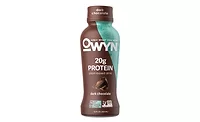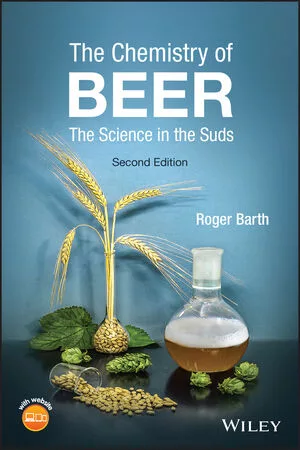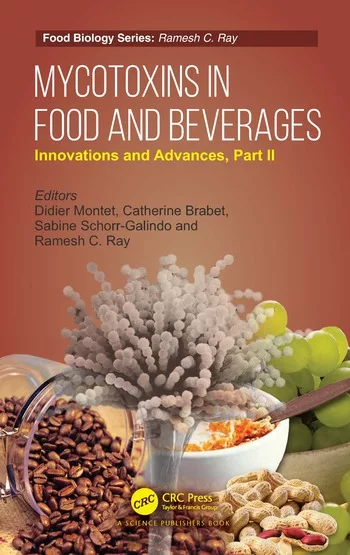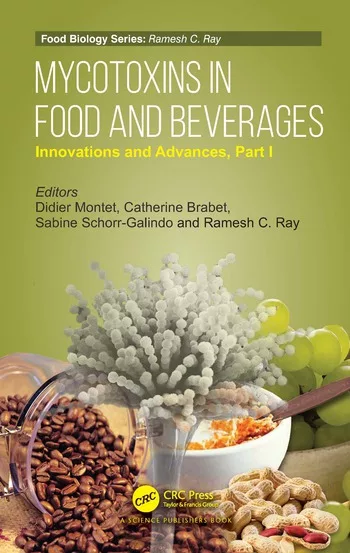Ingredient Spotlight
Plant proteins gain popularity
Consumers value nutritional content, taste
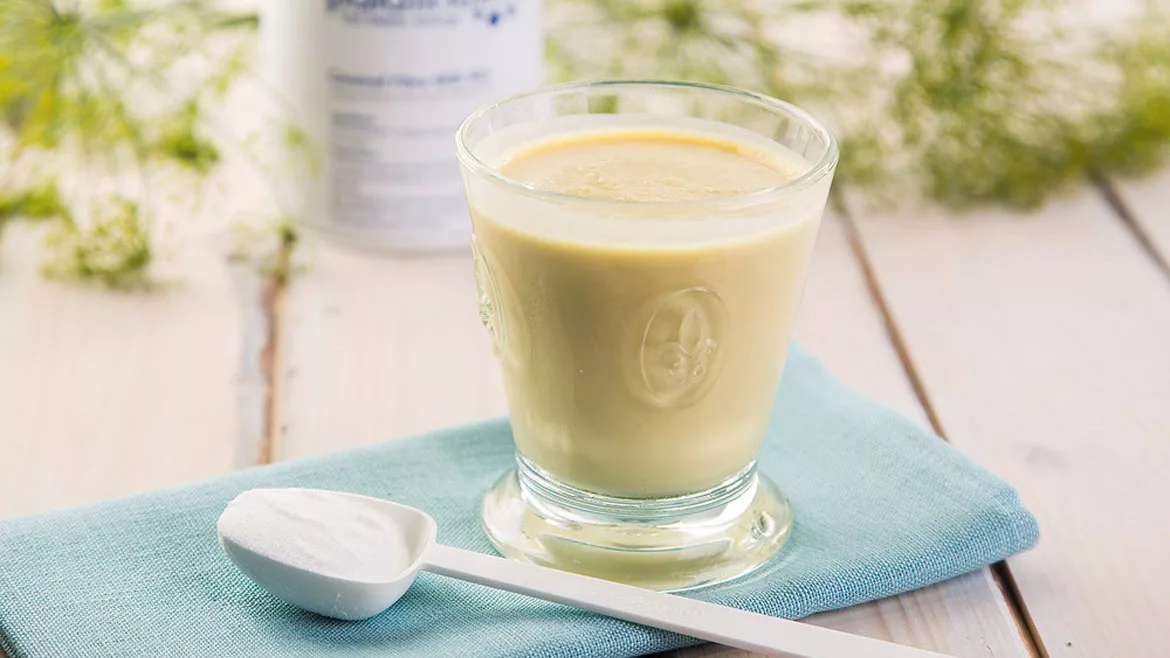
American radio personality and actor Casey Kasem was the first actor to voice Norville “Shaggy” Rogers in the “Scooby-Doo” franchise. In the mid-‘90s, when asked to voice Shaggy in a Burger King commercial, Kasem quit, because he was a dedicated vegan and supporter of animal rights. He eventually made his comeback as the voice of Shaggy for the 2002 series “What’s New, Scooby-Doo?” after negotiating that Shaggy become a vegetarian.
In more modern times, Kasem’s Shaggy would have a plethora of plant-based options from which to choose, including plant-based burgers and plant-based milkshakes.
Philip Caputo, marketing and consumer insights manager for Brooklyn, N.Y.-based Virginia Dare, says that today’s consumers of plant proteins are not as strict as they used to be.
“There’s rapidly growing plant-based and flexitarian audiences — an impressive 62% of U.S. households, according to SPINS, now purchase plant-based products,” he notes. “They’re buying everything from plant-based milk and cheese to protein shakes, meat alternatives and beyond. Historically, many of these products didn’t have the taste consumers were looking for.
“However, now transitioning to a more plant-based diet doesn’t have to mean sacrifice,” Caputo continues. “It’s important to recognize this and launch new plant protein innovations that help deliver on a superb taste experience — without compromise.”
Jacquelyn Schuh, global marketing director for protein nutrition solutions at ADM, Chicago, notes that the personalized approach to health and wellness are driving the plant protein market forward.
“This rings true in the beverage category, with consumers actively seeking out a variety of protein-forward offerings, whether that’s in traditional dairy-based beverage products or in other beverage formats packed with plant proteins, from shakes to fortified waters and more,” she says. “Interestingly, research shows that of the 70% of global consumers who check nutrition labeling on beverages, 44% look for protein content. Plus, 43% of global consumers find beverages with “high source of protein” claims as appealing.”
As consumers are becoming more familiar with protein makeup, nutritional value has become a key factor when seeking out plant protein options.
“As such, plant protein blends continue to be on the rise, inspiring new beverage innovations with an array of protein sources,” Schuh says. “Our plant proteins check these boxes, as they are excellent in combination, such as our quality pea and soy proteins.”
Moving towards a plant-based market
In recent years, the plant protein market has undergone tremendous shifts, according to Mark Fahlin of business development at Cargill, Wayzata, Minn.
Consumer tastes and formulation possibilities have evolved. What once was a limited market has grown to give consumers varying flavors, nutrients and beverages. The focus now, Fahlin says, is on nutrition, because brands are racing “to close the protein gap between plant-based options and conventional milks.” Many current plant protein milks offerings only have a gram of protein, while traditional dairy milk has 8 grams, he notes.
“That low level was fine for earlier product iterations when the struggle was singularly focused on creating a beverage with a palatable taste profile,” he says. “Today, however, brands have made huge strides on the flavor front; now, the challenge is to maintain those gains, while also boosting protein levels.”
Fahlin notes that another trend is category blurring between performance nutrition drinks and traditional dairy milks, along with their plant-based alternatives. The division left a gap, which brands are just now starting to fill.
“First came the ultra-filtered milks, which bumped protein levels from 8 grams to 13 or more,” Fahlin explains. “Now, we’re seeing innovation on the plant-based side, as a handful of entrants launch products touting double-digit protein levels paired with viscosities more akin to dairy milk than a performance shake.”
Virginia Dare’s Caputo says that consumers are seeking out plant-based products for a variety of reasons, but the two most popular factors being that such options are better for their health and better for the planet.
“The pandemic put the spotlight on personal health, and so many consumers have been adopting healthier lifestyle choices, such as increasing their protein consumption and pursuing more plant-based or ‘flexitarian’ diets,” he says.
Steve Gumeny, product manager for rice ingredients and functional proteins for Parsippany, N.J.-based BENEO, also notes that health and sustainability are “the core motivations” for consumers to diversify their diets with plant-based options.
BENEO’s global plant-based survey found that 48% of global consumers are interested in plant-based food and drink.
“Interestingly, when looking at U.S. respondents, BENEO’s global plant-based survey indicated that, while 42% of U.S. consumers are interested in trying plant-based products, only 22% of those respondents said that they were flexitarians,” Gumeny says. “So, while many seem willing to try an alternative, fewer seem willing to fully identify with the trend. However, the survey indicates there is still potential to improve the taste, texture, and nutritional profile of plant-based drinks to encourage those undecided consumers to consider plant-based beverages.”
He also notes that, according to Mintel, plant-based beverages are the dominant category among the dairy-alternative market.
“The innovations in this space have given consumers more choices than ever,” Gumney says. “Along with the rising interest (to try a plant-based drink), the consumers expectations are rising as well. Sixty-seven percent of consumers expect plant-based alternatives to offer the same nutritional benefits as dairy. And when it comes to taste experience, 73% of global flexitarians find it very important that dairy alternatives have a full-bodied mouthfeel similar to dairy.”
Conor Power, global product director for nutritional plant proteins at Beloit, Wis.-based Kerry, also says that proteins are viewed as a critical macronutrient and “a supporter of overall health, weight management, energy and immune health.”
“Simultaneously, the plant-based movement shows no signs of slowing down, and consumers are embracing the health and environmental benefits associated with plant-based alternatives,” Power notes. “Plant proteins are no longer niche and are now accepted by the market as a source of ethical and sustainable protein.”

Image courtesy of Kerry
What works in plant proteins
Yet, incorporating plant proteins, which are unique with distinct attributes, into existing beverage formulations can be a difficult process.
Lisa Bradford, Principal Scientist, CD&D, ADM, says that many plant proteins have inherent off-notes, such as beany, bitter, grassy and earthy, which can complicate the process of achieving an ideal product.
“Higher levels of certain plant proteins may impact a beverage’s color, viscosity, mouthfeel and or/stability,” she explains “Moreover, certain plant-based ingredients and plant proteins are more susceptible to feathering if used in coffee creamers, or ringing, separating and/or sedimentation in acidic beverage systems. Supporting ingredients, such as hydrocolloids, emulsifiers and buffering agents, are vital to enhancing functionality in plant-based protein beverages.”
Bradford says at ADM, the company avoids potential sensory issues by using quality ingredients, like soy and pea proteins. These proteins deliver key functional attributes for various applications, taste clean and have neutral coloring.
“Plus, our vast plant-based ingredients portfolio provides key optionality to pinpoint the right plant protein or blend of plant proteins to achieve the desired sensory and nutrition targets,” she notes. “Additionally, with our holistic approach to application formulation and deep technical and ingredient interaction expertise, we combine our quality plant proteins with our wider ingredient library and cutting-edge technologies to support the creation of delicious protein-packed beverages.”
Bradford explains that the company’s hydrocolloids and texture stabilizers help achieve ideal mouthfeel for an array of beverage applications.
BENEO’s Gumeny also shares that the company uses several plant-based sources “to truly replicate the mouthfeel and nutritional profile of dairy.” While more familiar plant-based items can be found on the front of packaging, Gumeny says that they are not always leading the formulas. He stresses the importance of keeping the consumers’ expectations in mind when creating a formula.
Kerry’s Power says that, in order to support new product innovations, beverage-makers will need plant proteins with additional functionality.
“Plant proteins that offer the same functionality as dairy or collagen protein will allow the development of plant-based alternatives to the more typical animal-derived protein fortified beverages currently available,” he explains. “For example, the opportunity for ‘refreshing protein’ is growing. Protein-rich drinks traditionally have been creamy and indulgent in texture. A soluble pea protein would support the development of an allergen-free, low pH functional water that would deliver thirst quenching and refreshment benefits with a protein claim and address a market gap.”
Power adds that these types of products are now offerings in the market, and Kerry offers these plant protein ingredients. Right now, popular plants in beverage formulations are pea, soy and rice. Hydrolsyed or “non-intact” plant proteins are appropriate where more functionality is needed, he says, as these proteins can overcome some formulation challenges.
Likewise, Vince Cavallini, manager of beverage, dairy and convenience foods applications at Cargill, says that pea proteins are increasing in popularity.
“On the protein front, pea protein has become the go-to protein-fortifying ingredient for today’s plant-based beverages,” he says. “It’s high in protein — Cargill’s option from PURIS is at least 80% protein — and it has a solid PDCAAS (protein digestibility corrected amino acid score) of 0.78, well above most plant proteins.”
Virginia Dare’s Caputo notes the importance of packaging, as consumers are looking beyond the simple “plant-based” label. Consumers have become more inquisitive, he says, regarding the ingredients and flavors of their plant-based products.
“With a large segment of the market paying attention to the label, brands are counting on their suppliers to be aware of the negative associations with artificial ingredients, food technology and processing methods,” he says.
Caputo adds that delivering on preferred plant-based taste “requires a customized solution for taste enhancement” while also maintaining a short ingredient list that is both natural and powerful.
“Consumers want to enjoy plant-based beverages without trade-offs,” he says. “To compete in today’s increasingly competitive marketplace, plant-based beverages must meet the high taste, texture and nutrition benchmarks that dairy- and animal-based products have set.”
Virginia Dare’s chemists use a Taste Improvement platform to expand their flavor library and achieve preferred taste in plant-based beverages. Caputo says that many flavors are the perfect complement for plant protein.
“Plant proteins often deviate from the norm on flavors, simply because they are trying to mask off-notes,” he says. “Flavor is such a critical piece of a plant-based product, as this is what motivates consumers to try something new and have repeat purchases.”
Factoring in potential problems
BENEO’s Gumeny notes that, while there are many choices for plant-based proteins, not all proteins are created equal, notably in the area of sustainability.
“The growing and processing of plant-based proteins vary widely in terms of energy usage, fertilizer usage and other factors that could leave an even larger imprint,” he says. “Our Plant-based and Hybrids Survey 2023 demonstrates that 74% of global consumers consider faba beans a sustainable source of protein. This consumer perception matches reality as faba beans are a very sustainable crop.”
BENEO’s method of faba bean processing supports sustainability credentials, especially in terms of cultivation, as the beans provide nitrogen for themselves and eliminate the need for nitrogen fertilization.
Newer plant proteins have limited product availability, according to Cargill’s Fahlin.
“Even category leader almond has supply chain vulnerabilities — California produces 80% of the world’s almonds and 99% of the U.S. commercial supply,” he says. “Both soy and pea protein have more robust supply chains for greater ingredient availability and a better value proposition as compared to oat, coconut or almond.”
Virginia Dare’s Caputo says that, while the last two years have presented many unexpected supply chain issues, the company “has ample supply of flavors and extracts,” with the ability to expand capacity going forward as plant proteins gain more popularity.
Looking for a reprint of this article?
From high-res PDFs to custom plaques, order your copy today!




